
EXECUTIVE SUMMARY
Over the decades, energy efficiency has transformed the way we use energy and has helped build a cleaner economy that is more secure, more affordable, and more productive. After several years of slowed progress, recent federal funding provides the opportunity for states, local governments, businesses, and households to further investments in energy efficiency.
Given the accelerating urgency of climate change and the race to improve U.S. productivity and competitiveness in a quickly evolving international market, we need to fully capitalize on the expansive, diverse, affordable, and innovative energy efficiency toolkit.
Using 59 indicators, the Energy Efficiency Impact Report tracks progress in a variety of sectors, including utilities, buildings, industry, and transportation and examines how policy and other tools are used to incentivize energy efficiency.
The following key findings articulate the sweeping impacts of our energy efficiency investments, policies, and innovations to date and justifies the need for continued advancement.
Energy Efficiency Fuels the Economy
By getting twice the economic output from our energy than in 1980, efficiency drives U.S. economic competitiveness and allows for less energy to drive economic growth.
The 2.2 million energy efficiency jobs in the U.S. make up nearly 40% of all energy jobs, with over 50% of those jobs being in construction.
Energy Efficiency Improves Lives and the Planet
Without the energy efficiency investments made since 1980, energy consumption and emissions would have been 60% higher, and consumers would be paying nearly $800 billion more per year in energy costs. Though energy efficiency’s benefits go beyond energy and cost savings; their benefits also include a cleaner environment and improved public health.
In 2021, emissions reduced by utility-funded electric efficiency programs avoided more than $430 million in health costs. Home weatherization can help with asthma, thermal-stress colds, the prevalence of house fires, and more. Energy efficiency can also lower utility bills and increase occupant comfort.
Energy Efficiency Policies Work
Six key energy efficiency policies and programs (vehicle fuel economy standards, appliance and equipment efficiency standards, utility sector energy efficiency programs, ENERGY STAR, building energy codes, and federal research, development, and deployment) reduced total U.S. energy consumption by roughly 29 quads in 2021, equal to roughly 30% of total U.S. energy consumption in that same year, or the energy use of the entire transportation sector.
The majority of states are implementing energy efficiency resource standards and have seen 4x energy savings compared to states without a standard. States that invest in utility energy efficiency programs have also been shown to save more for customers. On top of that, building energy codes have reduced energy use in new buildings by more than 40% over three decades.
Energy Efficiency is a High-Priority Resource
Energy efficiency is the foundation of deep decarbonization and is one of the best-established and most-implemented examples of a distributed, zero-carbon resource. Energy efficiency, together with grid integration technologies, also plays an important role in shaping electricity demand to match supply, making it an important resource in the transition to a renewable energy-powered electric grid.
There is Untapped Potential
There is enormous remaining potential for existing energy efficiency technologies, but new technologies that enable greater control, connectivity, and higher levels of system optimization are also evolving, yielding even more impressive outcomes. Getting to the next level of energy efficiency deployments will require extensive policy, programmatic support, and sustained commitment.
While several cities and states have enacted building performance standards for existing buildings, many have not yet taken that step. Similarly, the majority of states have not yet adopted the most recent international commercial or residential energy codes. Furthermore, the U.S. market for Zero Net Energy Buildings is growing rapidly, but it still constitutes only a small fraction of the building market.
Investment in Energy Efficiency Is Critical
Investment in energy efficiency over the past decades has shifted our economic, social, and environmental trajectory. However, investments are not keeping pace. Additionally, trends toward increasing size and number of buildings and devices, and increasing vehicle miles traveled, may lead to significant increases in energy use without accelerated energy efficiency.
North American energy efficiency investment levels are estimated to have increased by 15% from 2015 to 2022
Incremental investments in energy efficiency across buildings, transportation, and industry sectors in North America increased after years of stalled investment. However, we must raise our ambitions to support energy efficiency – advancing on tried-and-true policies that unlock private capital, drive innovation, and ensure energy efficiency is accessible for all while preparing for energy efficiency’s future.

